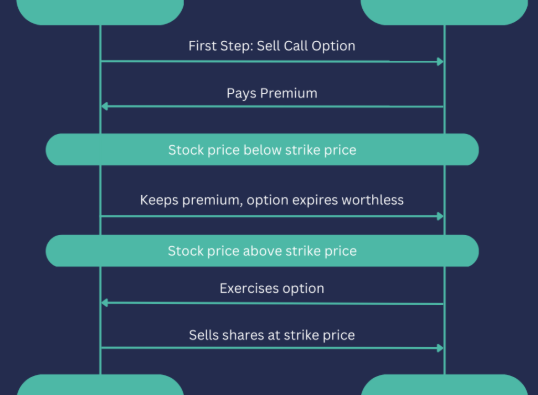
As you approach retirement, it’s important to take a step back and reflect on both your desired lifestyle and the financial resources needed to support it. Transitioning from a full-time career to retirement is a significant change that requires careful planning to ensure a smooth and fulfilling experience. Below, we outline five key strategies to help you make this transition as seamless as possible.
1. Developing a Retirement Tax Strategy
When you retire, your taxable income is likely to fluctuate. In your final working years, you might still be in a higher tax bracket, but as you move into retirement, your income could decrease, affecting your tax situation. There are several tax strategies you should consider to optimize your situation:
- Charitable Giving: If you’re planning to make charitable donations, consider setting up a Donor-Advised Fund (DAF) before retirement. Donating appreciated stock to a DAF allows you to receive a tax deduction without paying taxes on the capital gain.
- Required Minimum Distributions (RMDs): Starting at age 72, you are required to take annual RMDs from retirement accounts such as 401(k)s and IRAs. These withdrawals are taxable, and failing to take them will result in a significant penalty—50% of the amount that should have been withdrawn. Plan ahead to avoid this.
- Roth IRA Conversions: If you anticipate being in a lower tax bracket during the first few years of retirement, consider converting some traditional retirement funds into a Roth IRA. Roth IRAs offer tax-free growth and no RMDs, making them an effective way to pass assets on to heirs.
2. Estimating Your Healthcare Costs
Healthcare is one of the biggest expenses in retirement, and it’s essential to plan for it early. According to the National Bureau of Economic Research, retirees can expect to face approximately $122,000 in healthcare costs between the ages of 70 and 85.
- Before Age 65: If you retire before you are eligible for Medicare, check with your employer to see if they offer health benefits for retirees or part-time workers. Working part-time could help bridge the gap in healthcare coverage while you transition into retirement.
- Medicare at Age 65: Once you turn 65, you’ll be eligible for Medicare. It’s essential to sign up for Medicare within the specified time frame (three months before and after your 65th birthday) to avoid late fees. Medicare Part B covers outpatient services, which is crucial for managing ongoing healthcare needs.
3. Maintaining Fulfillment in Retirement
Retirement is often seen as a time to relax, but it can also be emotionally challenging as you shift from accumulating wealth to spending it. Many retirees struggle to find a new sense of purpose when no longer working full-time. It’s important to plan for this change:
- Part-Time Work: If you’re unsure about fully retiring, consider part-time work as a way to stay engaged. It can also provide a steady income stream, which may allow you to delay drawing Social Security benefits until age 70 for higher payouts.
- Hobbies and Volunteering: Pursuing hobbies or volunteering can provide both a sense of purpose and a fulfilling way to stay active. These activities can help bridge the emotional gap that often accompanies retirement.
4. Reassessing Your Risk Tolerance and Asset Allocation
As you near retirement, your investment strategy should shift. When you were younger, you might have been comfortable with a portfolio heavily weighted in stocks, seeking growth. However, as you approach retirement, you need to reassess your risk tolerance:
- Risk Tolerance: With retirement on the horizon, it’s important to reduce exposure to riskier assets. A market downturn can significantly impact your ability to recover if you’re nearing retirement. That said, it’s important to keep some exposure to equities for growth and inflation protection.
- Diversification: Many retirees tend to focus on income-generating investments, such as high-dividend stocks and bonds. However, it’s important to maintain a balanced approach that includes both yield and potential for capital appreciation. Diversifying your portfolio will help minimize risk and increase the likelihood of achieving long-term goals.
- Emergency Cash Reserves: Consider increasing your emergency fund beyond the typical 3-6 months of living expenses to ensure you have a cushion for unexpected expenses or market downturns.
5. Considering Long-Term Care Insurance
Long-term care (LTC) is a critical component of retirement planning. Nearly 70% of people turning 65 will need some form of long-term care in their lifetime. The cost of long-term care services, such as nursing homes or home health aides, can be exorbitant.
- LTC Insurance: If you foresee a need for long-term care, having LTC insurance can be a valuable safeguard. It helps cover the cost of care and provides access to better quality services. It can also protect your retirement savings from being depleted by long-term care expenses.
- Weighing the Pros and Cons: LTC insurance is not right for everyone. Premiums can increase over time, and there’s always the possibility that you may not need the coverage. However, for many, the peace of mind it provides is well worth the investment.
Conclusion
Transitioning into retirement involves more than just stopping work—it requires careful planning to ensure that you can maintain the lifestyle you desire. By developing a retirement tax strategy, planning for healthcare costs, maintaining fulfillment through hobbies or part-time work, reassessing your risk tolerance, and considering long-term care insurance, you can set yourself up for a successful retirement. Speak with a fiduciary financial planner to tailor these strategies to your specific needs and ensure a smooth transition into this exciting new chapter of your life.









